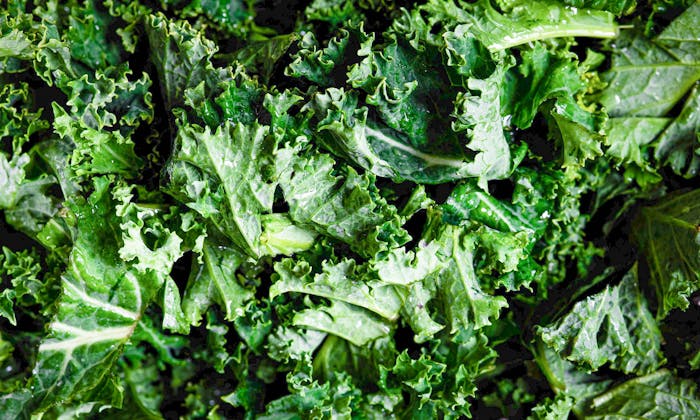One of the most convenient vegetables to have on hand, Kale is an essential vegetable in any permaculturists garden
Kale is a rock star of a vegetable that seems to have earned it's place in the western diets only in recent years. It might deserve the same rock star status in the permaculturists garden as well.
For starters, did you know Kale is a perennial, albeit short-lived? If you harvest it correctly, you can keep harvesting it at least into the next year. Most people grow it as an annual, but even in cold regions, Kale is capable of dying back to it's roots and growing back when the weather becomes favorable again.
Kale saw an explosion of popularity in the U.S. between about 2000 and 2018 as people grew tired of plain old lettuce and spinach in their salads. Kale adds a firmer texture and some more bite to the salad. It also has more complexity, with peppery overtones.
I always recommend people grow a good amount of salad greens. As plants, they are low maintenance, and as food they are always nice to have on hand. Kale is perfect example of this, and I find it much more interesting than lettuce.
Origin
Kale is in the Brassica family, so it is related to brocolli and cabbage. It's not hard to see the relationship when you look at the leaves. It is sometimes described as a cabbage that does not form a head. Instead it grows in leafy stalks.
Kale is from the eastern Mediterranea and Asia Minor (Turkey and Armenia) and has been cultivated for about 4,000 years. There are many ornamental varieties of kale as well as culinary varieties. They are both edible, but the ornamental varieties have not been selected for taste over the years.
Growing Kale
Kale prefers full sun and good, rich soil. It does very well when the temperature is cool. You can start it very easy. In fact, in zone 10a you can plant it pretty much any month of year. During cold months it will grow slowly, and once it starts to heat up it will take off. It's best to plant it in a cooler month so it is well established by summer when the sun tries to bake it.
In warm weather, kale grows very fast. Kale is grown for it's green leaves, so it's no surprise it does well in rich, nitrogen rich soil. Bugs tend to bother kale less than the other cabbages. We've had infestations of cabbage aphids come and go from the kale, whereas on our brussels sprouts and cauliflower they tended to stick around.
Harvesting
Once it has good color and full, large leaves you can start harvesting it. Harvest often, since this will encourage new growth. You should harvest the oldest leaves first and never cut the middle stem so that it keeps growing. Always leave a few leaves on the stalk to avoid overstressing the plant.
If your plants are producing more kale than you can use, you should still harvest it so that it always has good, fresh leaves.
My family grows three squares of kale, mainly for the variety. We are not able to keep up with all that these plants produce.
Using Kale
Kale is a great salad green, can be baked to make Kale Chips (see recipe below), and can add texture to soup and stews.
One thing to know when using Kale in salads, always massage in your salad dressing. Unlike with lettuce, salad dressing has a hard time sticking to kale. After adding dressing, rub each leaf together with another leaf and the dressing. This also helps to tenderize the leaves which makes them more enjoyable in a salad.
Recipes
A simple, healthy treat to reach for instead of potato chips. And it can easily be made at home.

